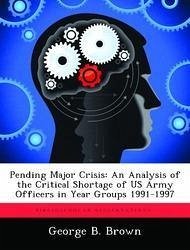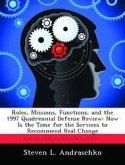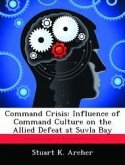There is a pending crisis in the US Army that has received little attention, but that is having a critical effect on the military and its ability to continue its high current operational tempo. The pending crisis is a shortage of US Army field grade officers. The retirement rate of officers reaching 20-years of service last year was 20%; a survey conducted for this thesis indicates the rate could grow to 60%. This loss rate suggests that by 2014, the US Army may be short 30% lieutenant colonels and 20% majors. The most critical aspect of this potential 30% shortage of lieutenant colonels and 20% shortage of majors will be that it is not equally distributed across all the branches. By 2014, indications suggest that most of the US Army officer branches will face shortages greater than 50% of their requirement for lieutenant colonels and majors. The security of the United States depends on senior military and civilian leadership recognizing these issues before they become critical and reach a tipping point beyond what can be quickly resolved. Potential initiatives to correct the current problems include (1) conducting an information campaign (short term); (2) formalizing incentive programs already in use (near term); and (3) creating a monetary bonus program similar to those used for enlisted Soldiers (long term). Other more drastic options are available to address the shortages, but the second order effects may do more damage than good to the US Army.








